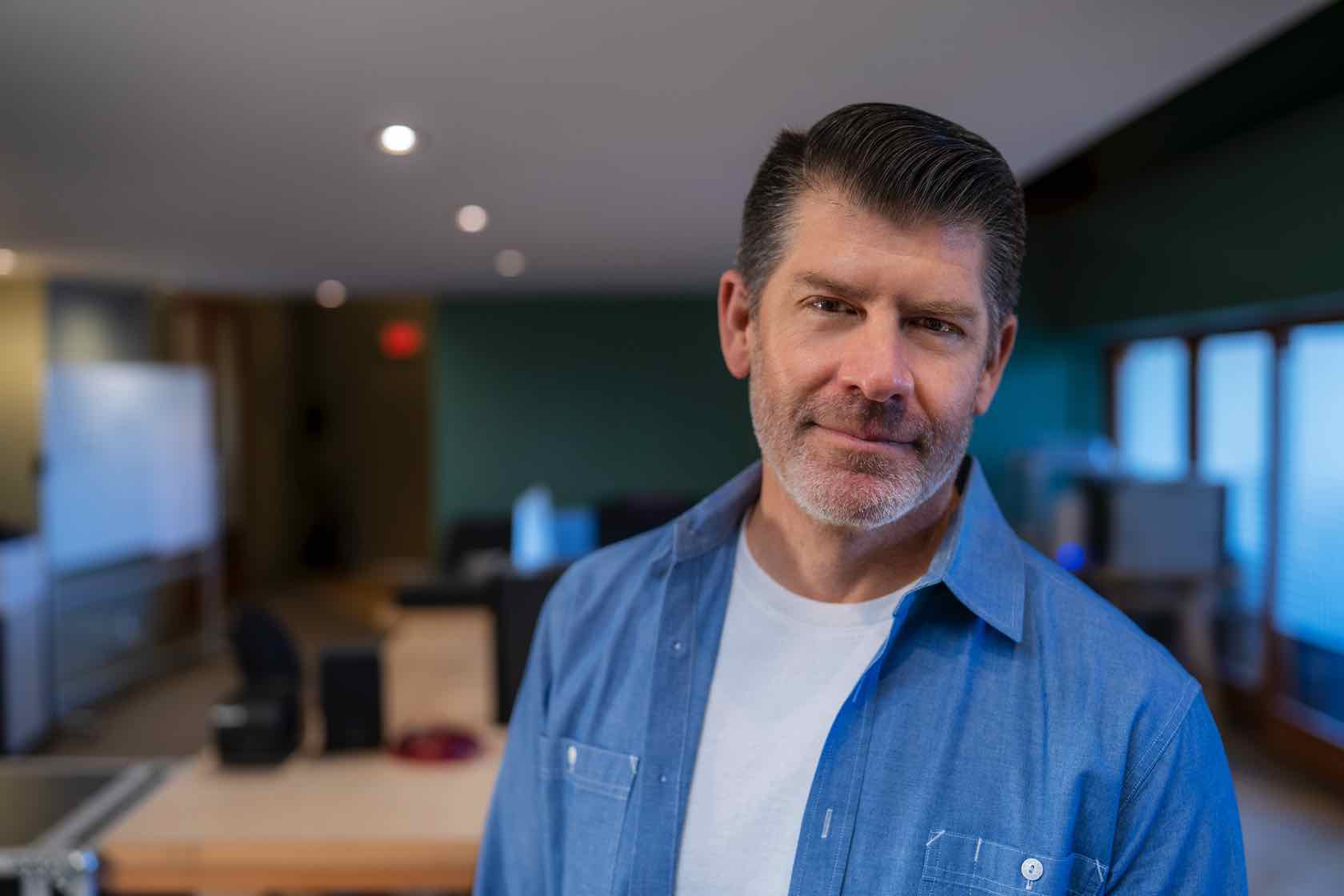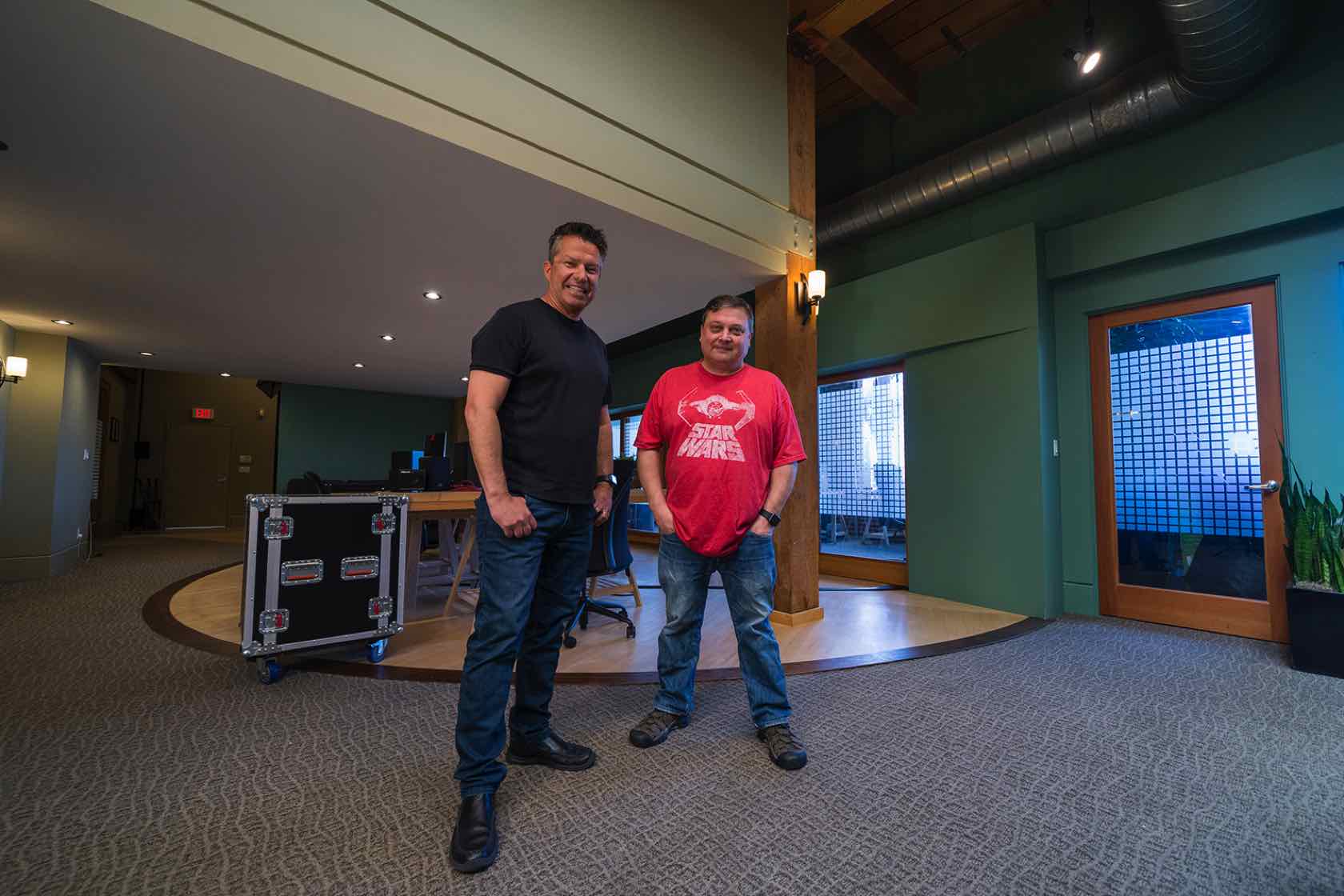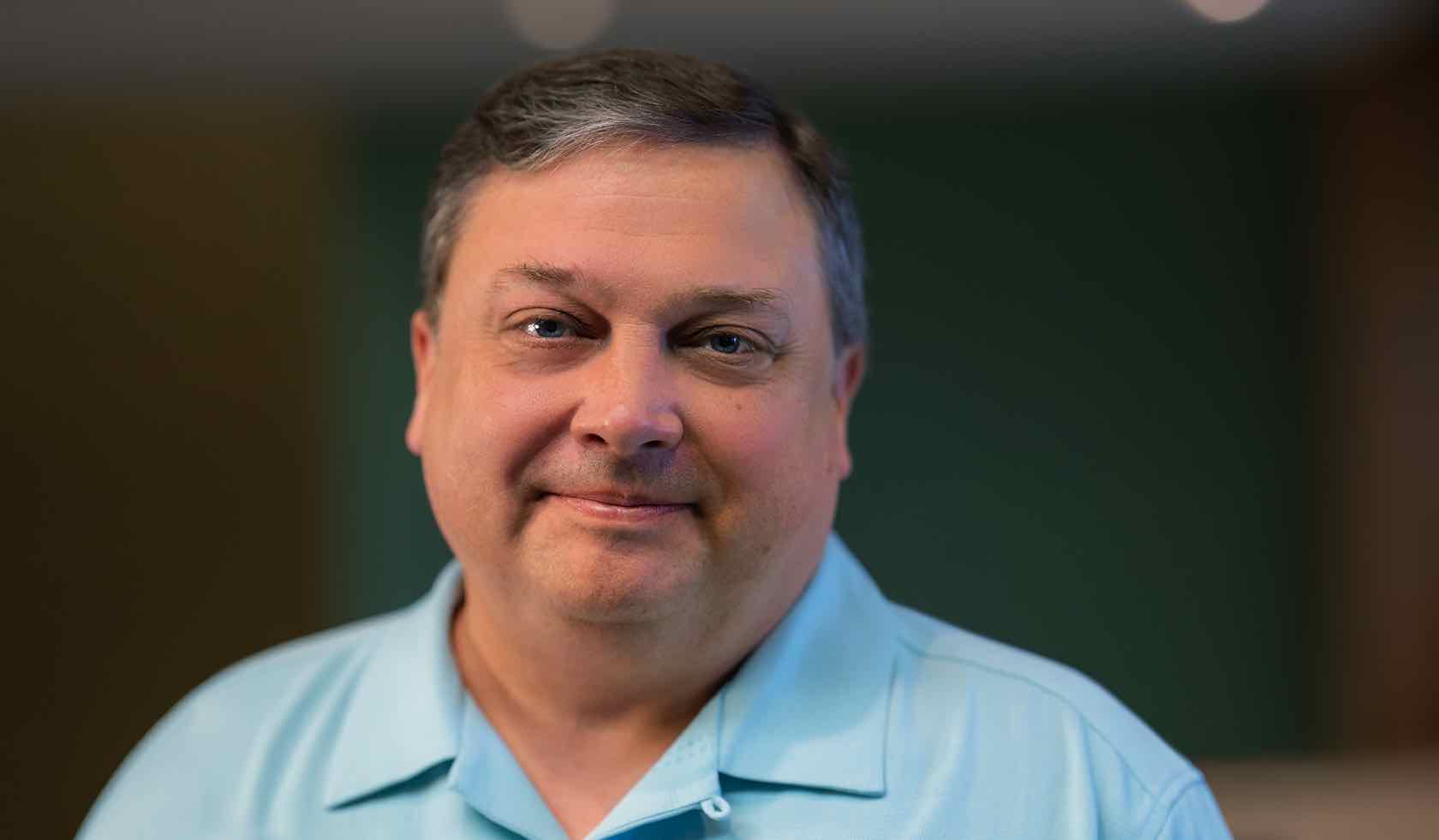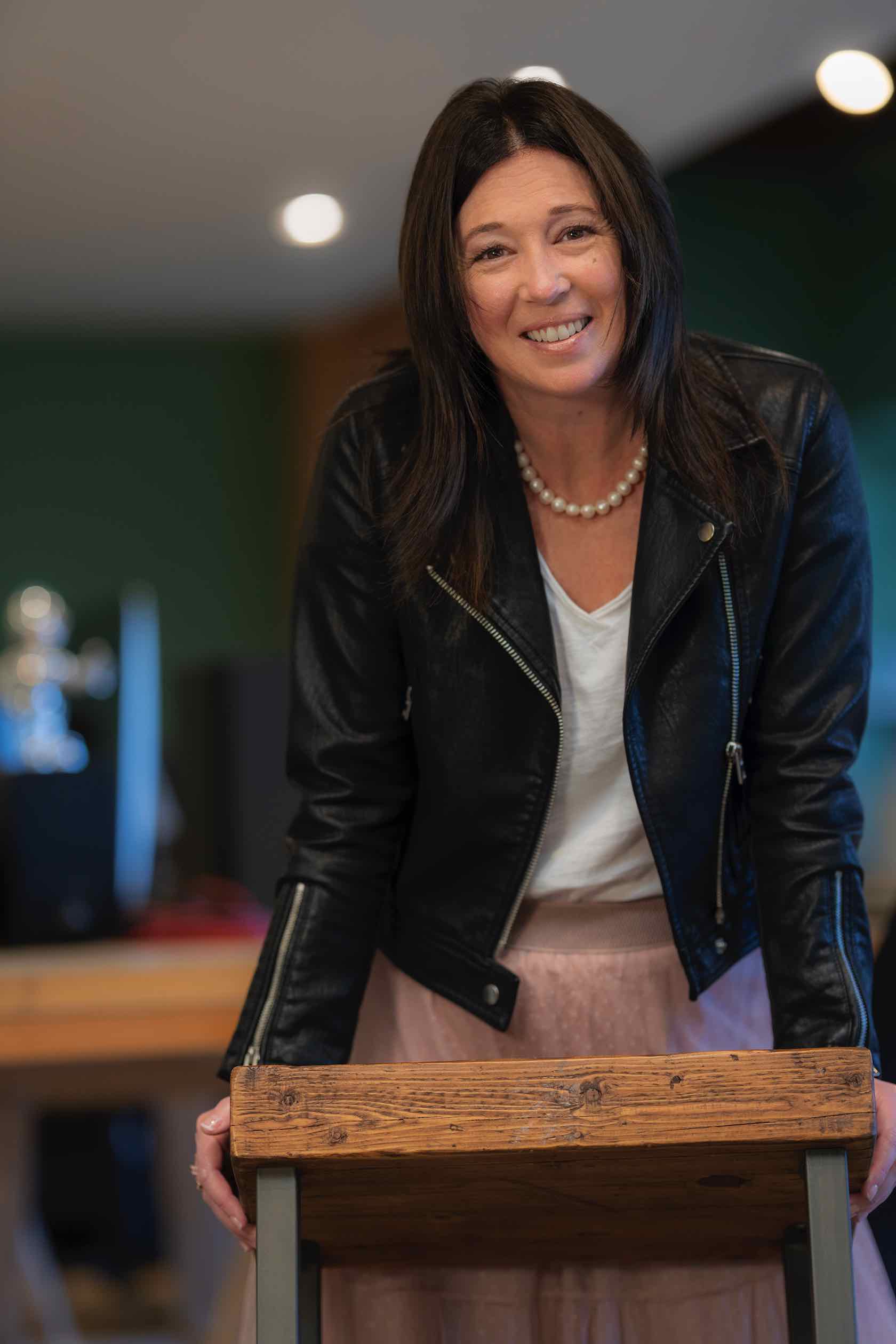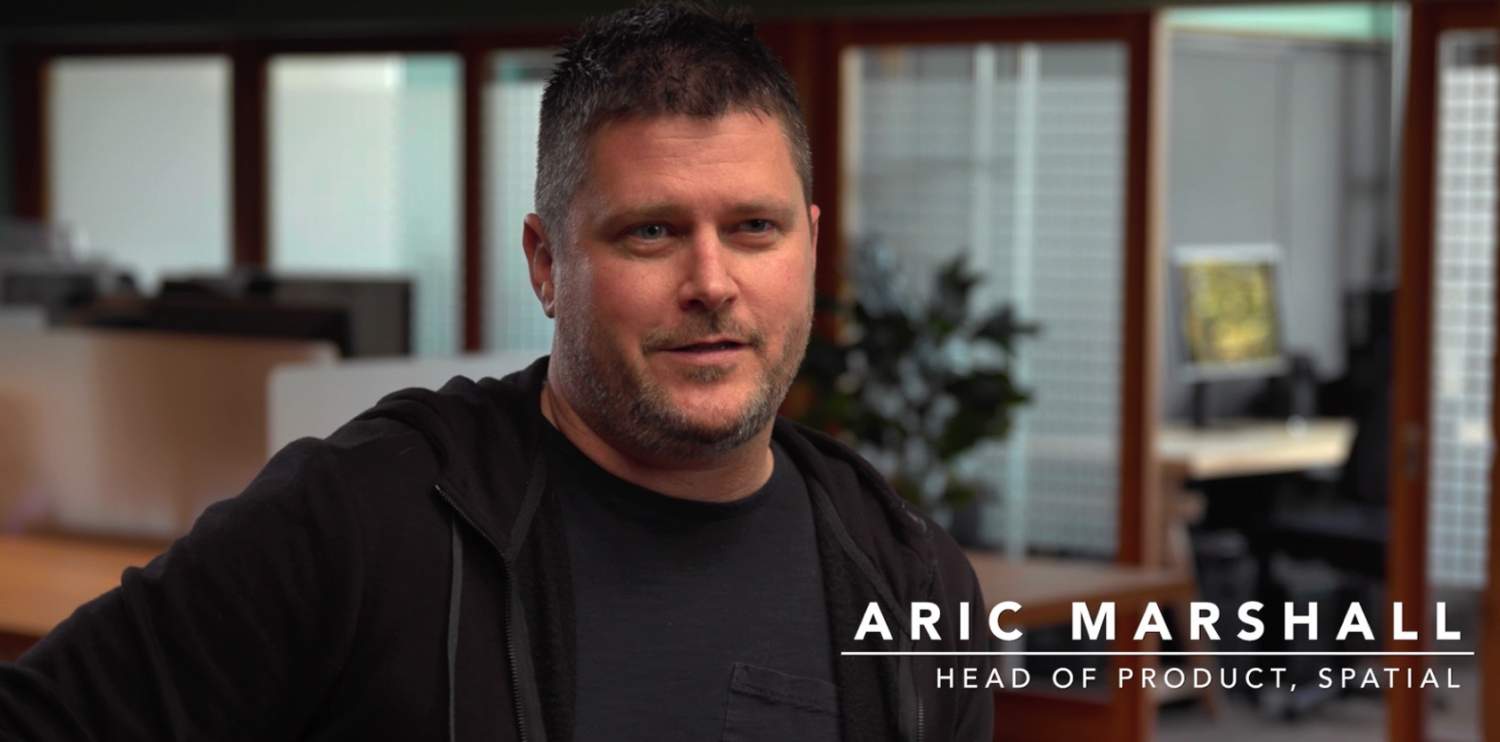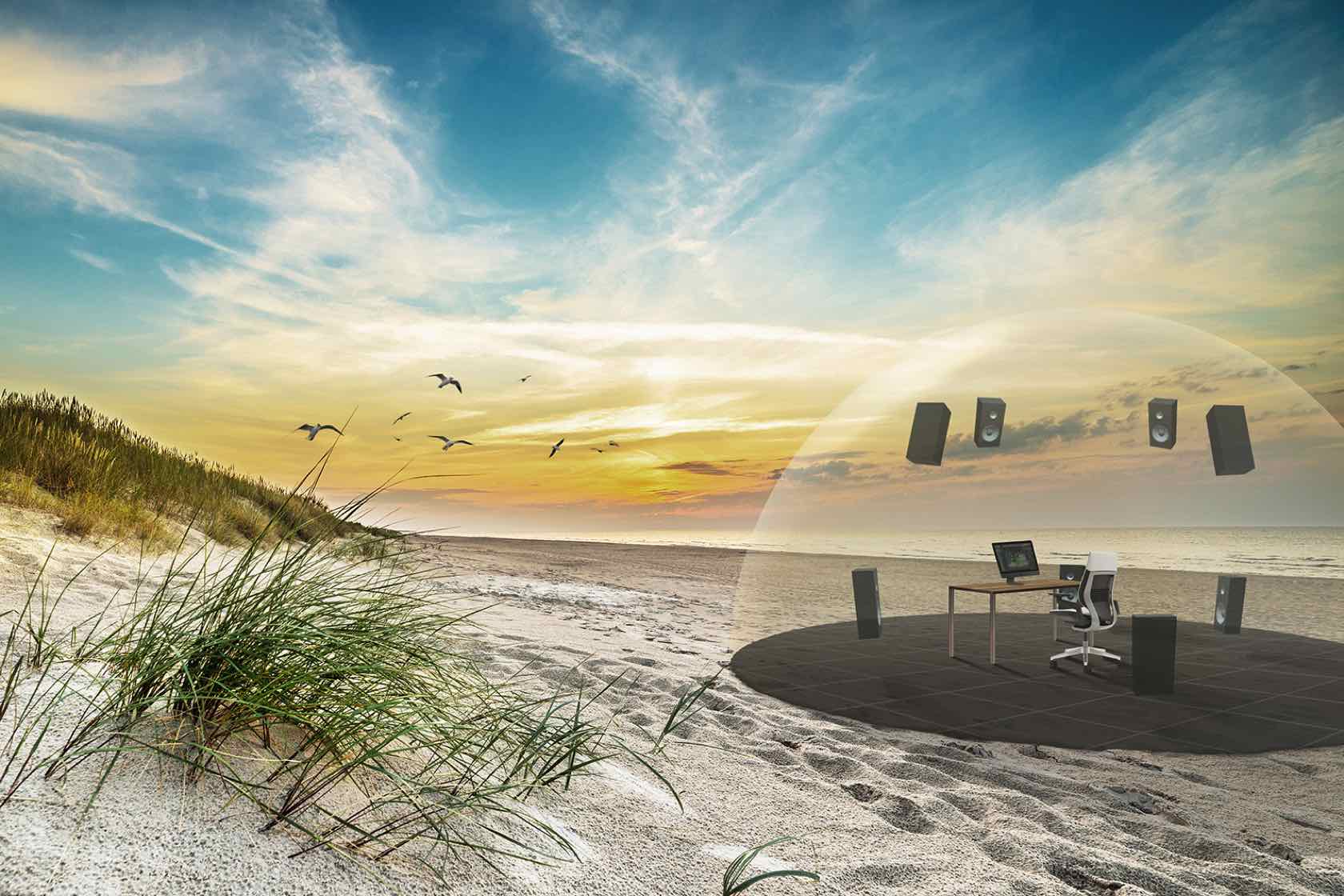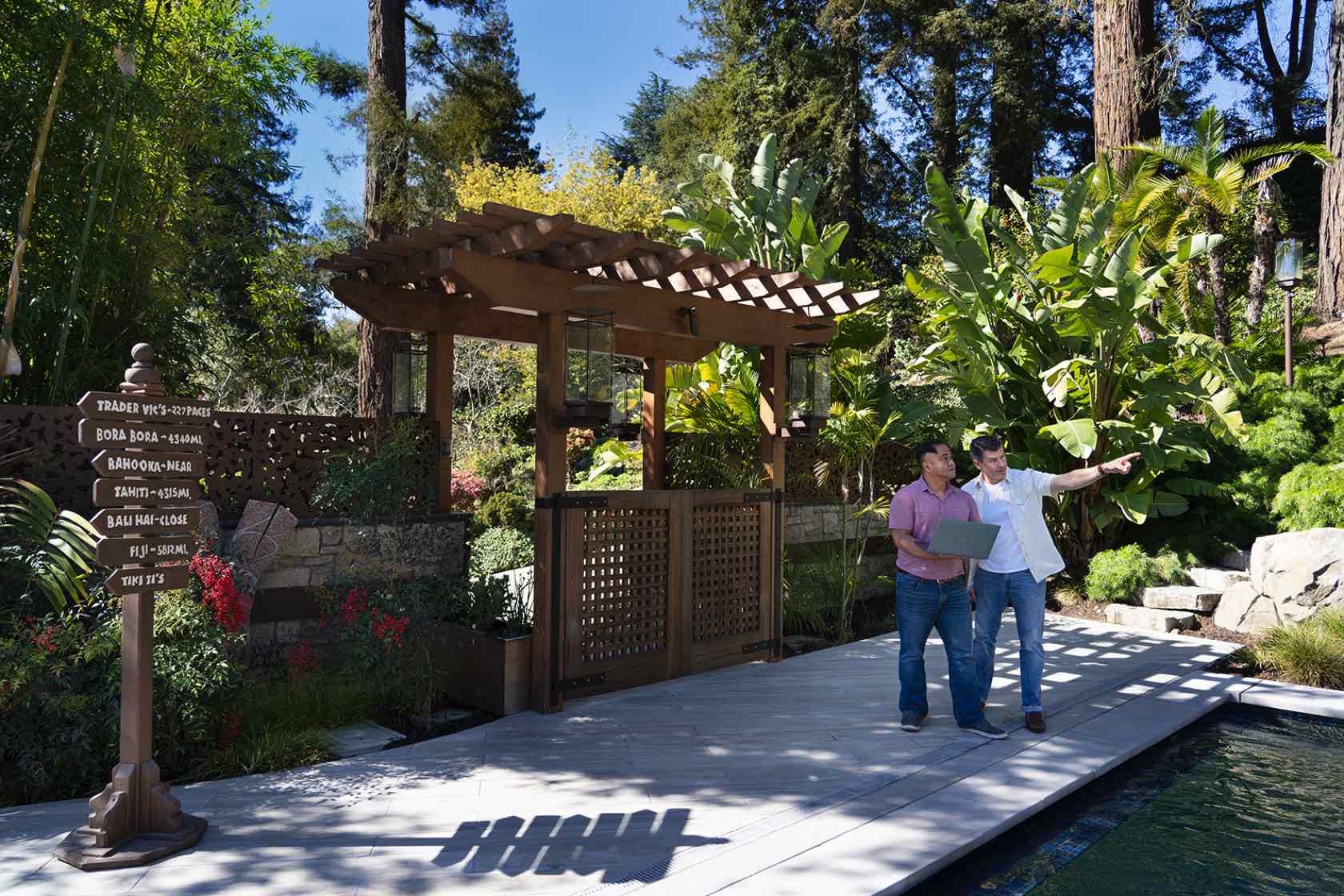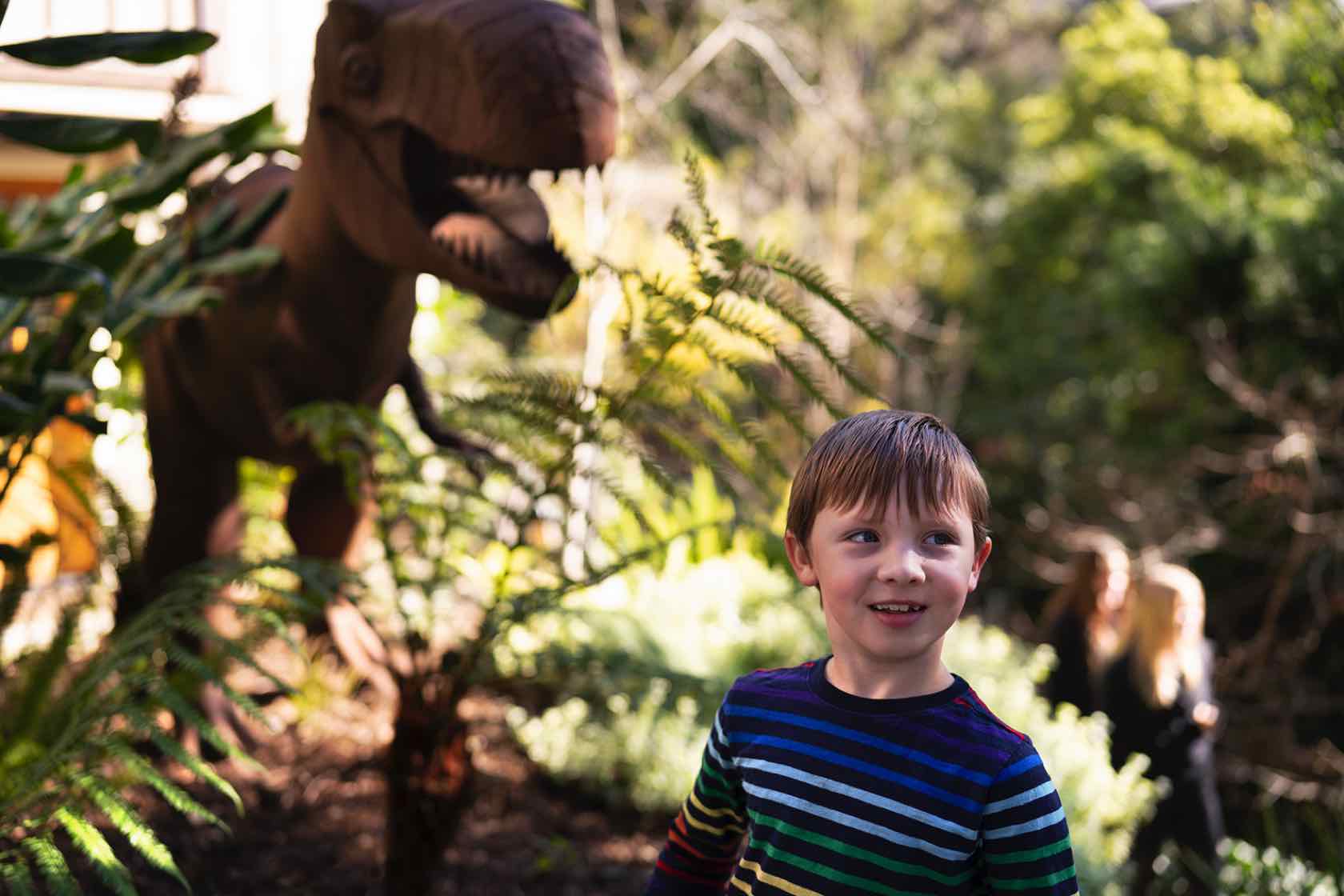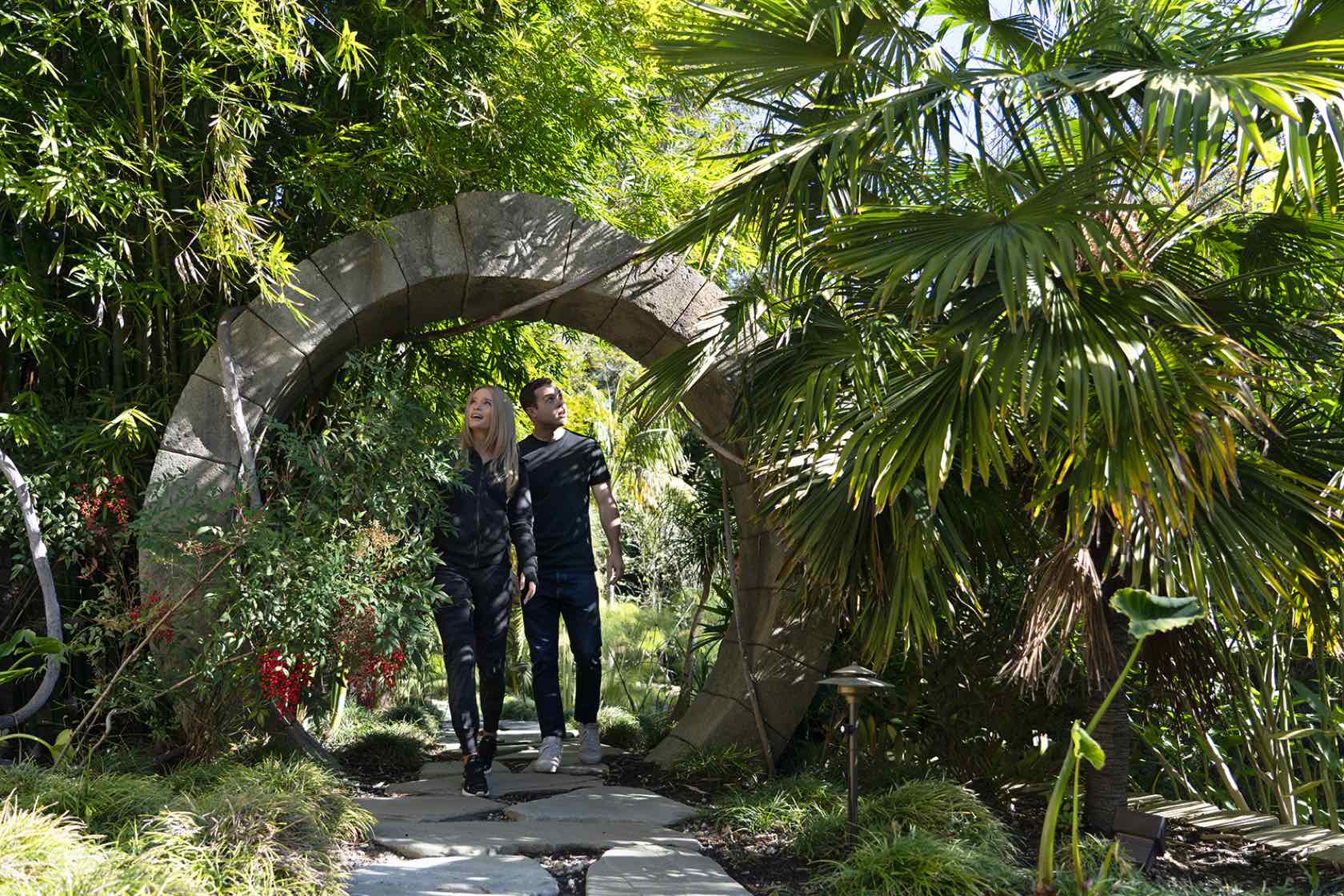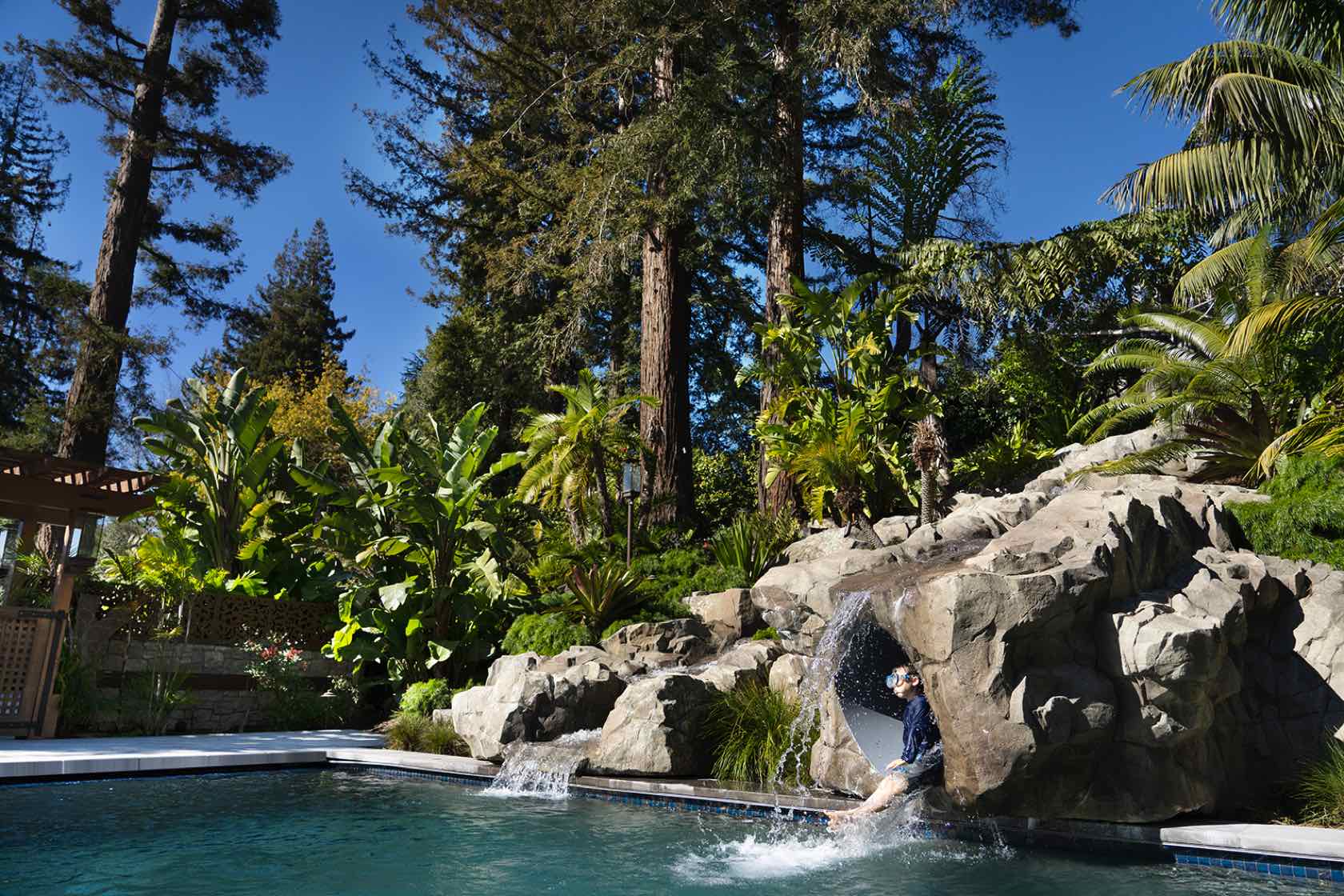Spatial Makes Building Immersive, Interactive Soundscapes More Accessible
Much of today's technology has an obsession with things we can see, from photorealistic computer graphics, through increasingly sophisticated computer interfaces, to new virtual and augmented reality experiences. Our senses don't stop at our eyes, though, and sound is an equally important part of having an immersive and believable experience. With the focus on visuals, however, creating evolved audio experiences has been traditionally more difficult and more expensive, leaving would-be soundscape creators priced out even if they know what tools they should be looking for. That's the situation that startup Spatial is trying to address, with a suite of tools and services to make creating such soundscapes more accessible to hobbyists and professionals alike.
Spatial, more formally SpatialX Inc., has a pedigree that comes from some well-recognized names in entertainment and technology. Co-founders Calin Pacuraria and Michael Plitkins, for example, hail from Apple, Palm, and Nest, respectively, among other industry experiences. Darrell Rodriguez, who leads operations, had been at Electronic Arts and Lucas Arts at some points in the past. Handling marketing and communications, Jennifer Bowcock formerly ran global communications for Dolby, and before that was a prominent member of the Apple PR team responsible the iPhone, iPad, and the Apple Store's global expansion.
The entire Spatial team brought their collective experiences and expertise together and cooked – over the course of almost four years – what they say is the perfect recipe for a soundscape that promises to make your visual and interactive experiences more believable. Rather than composing a single piece of music, with Spatial's tools it's possible to create a realistic soundscapes that evolve and react in real-time.
That given, the only way I could get a sense of what Spatial is, was through experiencing it for myself: I paid Spatial a visit out in Oakland, CA. Was the trip worth it? Heck yes, which I'll expand in greater details in a follow-up article which will include my interview with the team – but for now, let's just say my experience with Spatial was nothing short of a delectable auditory feast.
Spatial has tools and services for crafting these audio experiences that scale from the simplest retail installation to the most sophisticated theme park. Spatial Studio, for example, allow for the creation of audio scenes in full 3D, dragging different audio elements to positions in the virtual space, just like you would create games; while Spatial Control, meanwhile, is the iOS app that puts control of that installation right under your fingertips. Finally, Special Service is the cloud-based platform that ties all of these together, letting you orchestrate the entire soundscape like a technological wizard.
At the heart of it all is the Spatial Reality Engine. Akin to a game engine, the Spatial Reality engine can render soundscapes in real-time, reacting to any kind of input whether touch sensors or computer vision systems. It's designed to run on off-the-shelf macOS and Linux computers, rather than demanding custom hardware, with industry-standard audio equipment.
An M1-powered Mac mini, for instance, is enough for up to 128 simultaneous channels of Spatial sound. The platform is also capable of driving not only audio, but even lightning and other elements to create the necessary suspension of belief.
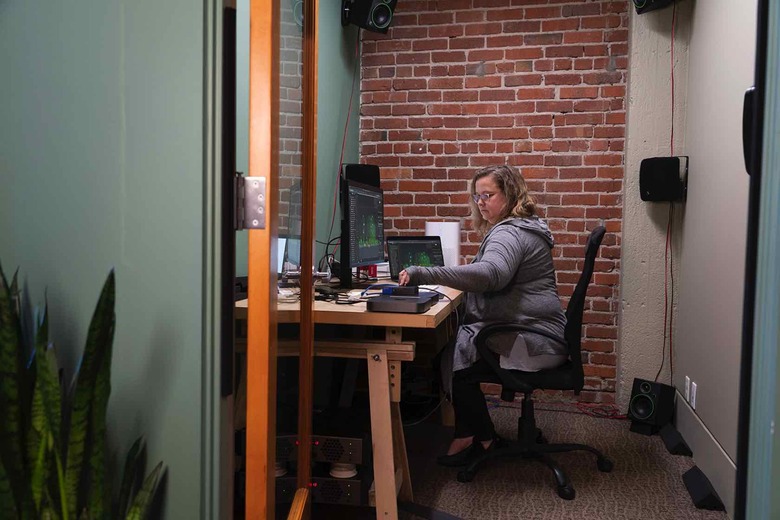
Although tools like these do exist, what makes Spatial special is its flexibility and ability to scale to any need or budget. Speaking of budget, all the tools are immediately available to everyone for free for non-commercial use by submitting your request on Spatial's website. You'll need a Mac running macOS Mojave or above – Intel or Apple Silicon – since Linux support and sensor integration are currently only for Spatial's custom customers.
Altogether, you could put together a system for Spatial for under $1,000 if you're starting from scratch.
With that software and hardware, you could create anything from a spooky haunted house feel for Halloween, through to a block party gathering with the feeling of a Coney Island day out. Installations can range from utilizing just a handful of speakers in the home or on a small retail demo floor, through to thousands of all sizes spread across a theme park.
From hobbyists to pros, Spatial is aiming to empower creators to craft the complete package, immersing people in a realistic and believable audio-visual experience that will take them to worlds they could have only imagined possible. While they may not be the first to offer soundscape tools, what could make the difference – and take audio experiences mainstream – is just how accessible and approachable Spatial's system is.

